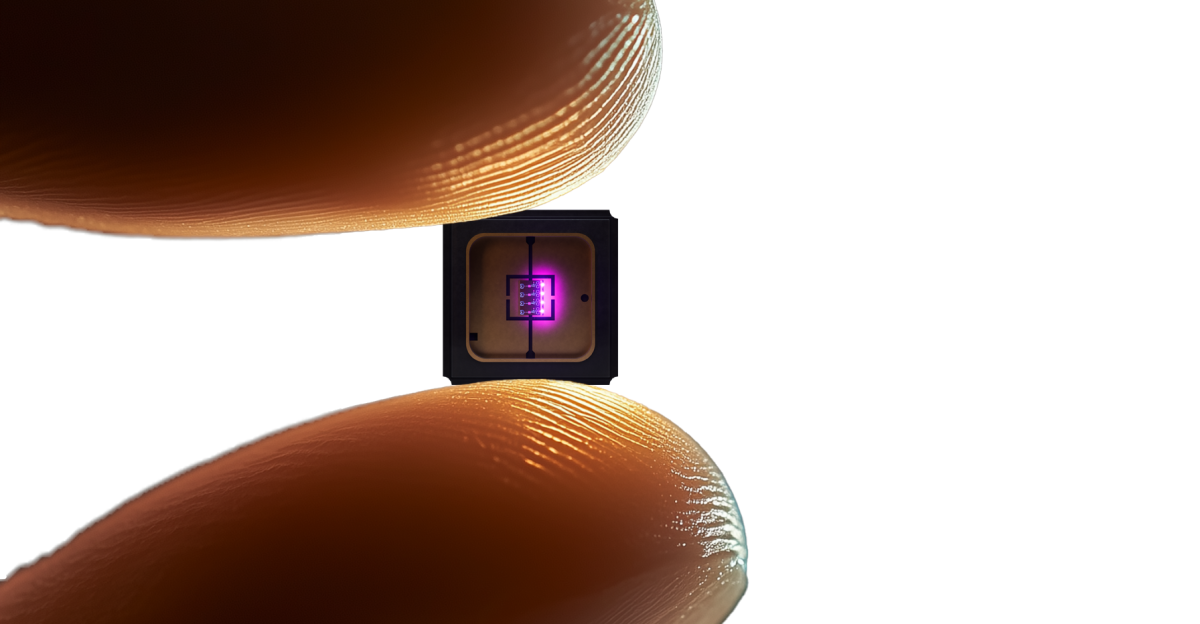Illuminating Solutions: How Simple Innovations Could Prevent Future Pandemics
As global health experts search for ways to avert future pandemics, researchers are turning to an unexpected ally: light. Recent studies suggest that ultraviolet (UV) light technology, including specialized bulbs, could play a pivotal role in reducing pathogen transmission in public spaces. From hospitals to airports, these innovations offer a low-cost, scalable defense against infectious diseases while requiring minimal behavioral change.
The Science Behind Light-Based Pathogen Control
Far-UV-C light, a specific wavelength of ultraviolet light, has emerged as a game-changer in disinfection. Unlike conventional UV light, which can harm human skin and eyes, far-UV-C (207-222 nm) effectively kills viruses and bacteria while posing minimal risk to people. A 2020 study published in Scientific Reports found that far-UV-C light inactivated 99.9% of seasonal coronaviruses in airborne droplets within 25 minutes.
“This technology acts like an invisible shield,” explains Dr. Lena Whitmore, an epidemiologist at the Global Health Innovation Institute. “When installed in ventilation systems or overhead fixtures, it continuously disinfects air and surfaces without chemicals or human intervention.”
Key advantages of light-based solutions include:
- Continuous operation without disrupting normal activities
- Effectiveness against drug-resistant pathogens
- Lower long-term costs compared to chemical disinfection
- Compatibility with existing infrastructure
Current Applications Showing Promise
Hospitals have led the adoption curve, with notable results. Boston Medical Center reported a 70% reduction in surgical site infections after installing UV-disinfection robots. Meanwhile, Tokyo’s Haneda Airport has implemented upper-air UV fixtures that reduced detectable airborne pathogens by 82% in high-traffic areas.
Educational institutions are also testing the technology. At the University of Michigan, smart UV systems in dormitories decreased influenza transmission by 56% during a recent trial. “The beauty lies in its simplicity,” notes Dr. Raj Patel, a public health engineer. “Unlike complex pharmaceutical solutions, light works immediately against multiple pathogen types simultaneously.”
Challenges and Limitations of UV Technology
Despite its potential, UV disinfection faces hurdles. Initial installation costs remain prohibitive for some institutions, with commercial systems ranging from $2,000-$15,000 per unit. There are also concerns about material degradation—certain plastics and fabrics break down under prolonged UV exposure.
Safety protocols require careful implementation. While far-UV-C appears safe for humans in controlled doses, the International Commission on Non-Ionizing Radiation Protection recommends exposure limits of 23 mJ/cm² per 8-hour day. “It’s not a panacea,” cautions Dr. Whitmore. “We still need layered defenses including vaccines and hygiene practices.”
Economic and Environmental Considerations
The potential cost savings are substantial. A World Health Organization model estimates that widespread UV air disinfection in public buildings could reduce pandemic-related economic losses by up to $50 billion annually. Moreover, UV systems eliminate the need for chemical disinfectants, preventing an estimated 15,000 tons of toxic waste from entering waterways each year.
However, lifecycle analyses reveal tradeoffs. UV bulbs typically last 9-12 months and contain small amounts of mercury, requiring proper disposal. Researchers are developing longer-lasting LED alternatives that could last up to 5 years while using 60% less energy.
The Future of Pandemic Prevention
As technology advances, integration with smart building systems appears imminent. Experimental systems now sync with occupancy sensors and ventilation rates, adjusting UV intensity in real-time. The U.S. Department of Health is developing standards for “biologically safe buildings” that incorporate passive disinfection technologies.
Dr. Patel envisions a near future where “every air handling unit and light fixture contributes to health protection. Within a decade, we might see building codes mandate these features, just like fire safety standards.”
For individuals seeking immediate action, experts recommend advocating for UV disinfection in local schools and workplaces. Small-scale portable units are now available for homes starting at $300, offering protection during flu season. As research continues, these illuminating solutions may well light the path to a pandemic-resilient future.
See more WebMD Network



